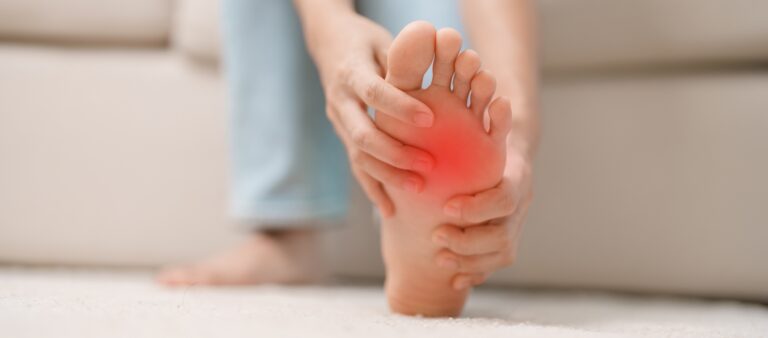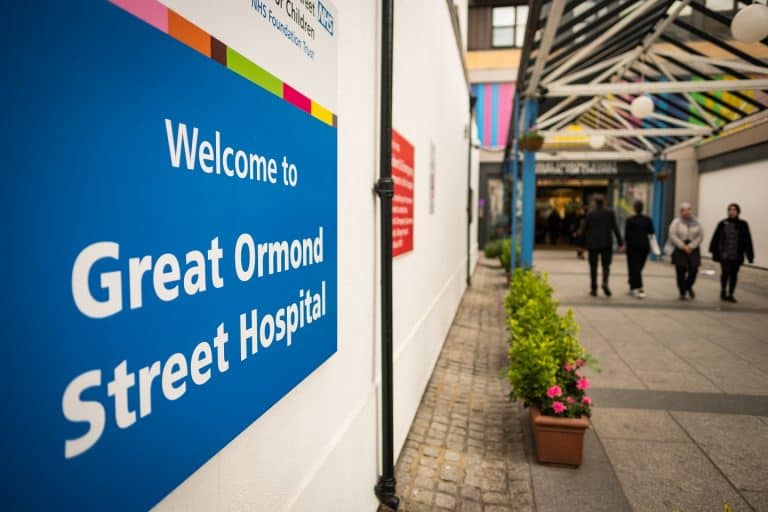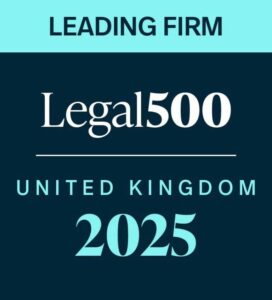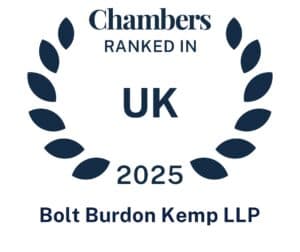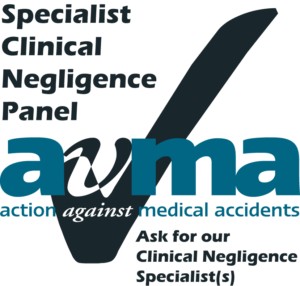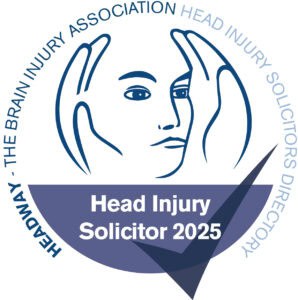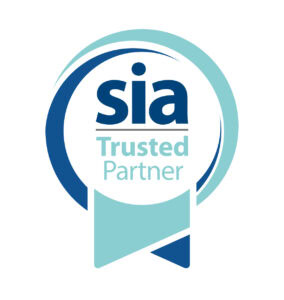
Rollercoaster injuries – who is responsible and what can you do?
Theme parks and fairgrounds offer joy, excitement, and adventure to visitors. As exhilarating as they can be, there is a fine line between thrill-seeking and actual risk. Faults on rollercoasters and other attractions can turn a fun day out into a nightmare. When such incidents occur, the aftermath can lead to significant physical, emotional, and financial repercussions for victims.
Types of injuries
Unfortunately, fairgrounds and theme parks can be dangerous environments, and ride safety is of paramount importance. Due to various issues with maintenance failures, operational errors, design defects or inadequate warnings, visitors are at risk of serious personal injury.
Common injuries include:
- Fractures and broken bones: Falls from rides or slip-and-fall incidents within the park can lead to broken bones, requiring extensive medical treatment.
- Traumatic brain injuries: Crashes or falls can result in brain injuries, leading to long-term cognitive and physical impairments.
- Spinal cord injuries: Severe incidents can cause damage to the spinal cord, potentially leading to partial or complete paralysis.
- Amputations: High-impact collisions can lead to instant amputation or injuries so severe that amputation is later required.
The impacts of these injuries extend beyond physical pain, encompassing emotional distress, loss of income, and mounting care and medical expenses. Victims often face prolonged rehabilitation periods, during which they may be unable to work or perform everyday activities.
Who is responsible
There are a number of potentially responsible bodies in these situations, and responsibility may extend to all those involved in the organisation, operation and management of fairgrounds and theme parks. All parties have an overarching obligation to provide for the health and safety of employees working on rides and attractions as well as members of the public using them.
While specific duties will vary depending on the type of theme park/fairground involved, some common duties include:
- Ride inspections – both periodic and annual to ensure the ride is kept in efficient working order;
- Ride operations – ensuring all ride operators are fully competent and suitably trained;
- Ongoing risk assessments;
- Incident reporting;
- Crowd safety.
The Health and Safety Executive has a specialist fairground inspection department, and they ensure operators are maintaining their regulatory duties as far as reasonably practicable.
What BBK can do
While theme parks are designed to provide fun and excitement, incidents can and do happen. If you or a family member has been injured at a theme park or fairground as a result of negligence, and you would like to learn more about potential compensation, please get in touch. We understand how devastating and potentially life-changing these injuries can be.
It is important to seek the advice of an experienced personal injury solicitor. We will listen to your story and if we think you have a claim, we will investigate, hold the responsible parties accountable and get you the compensation you deserve. At the same time, by bringing attention to the issue of theme park safety, we can work to prevent injuries from happening in the future.

